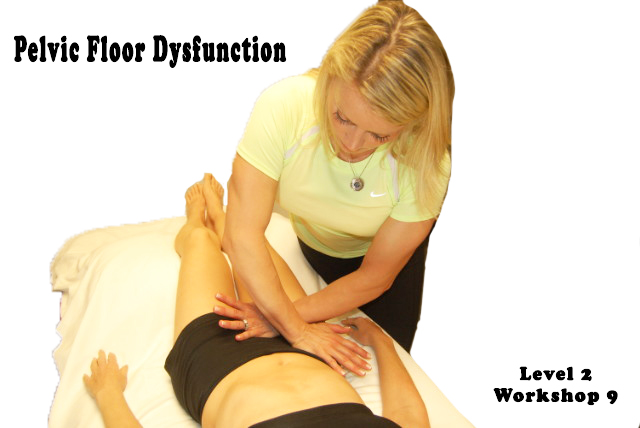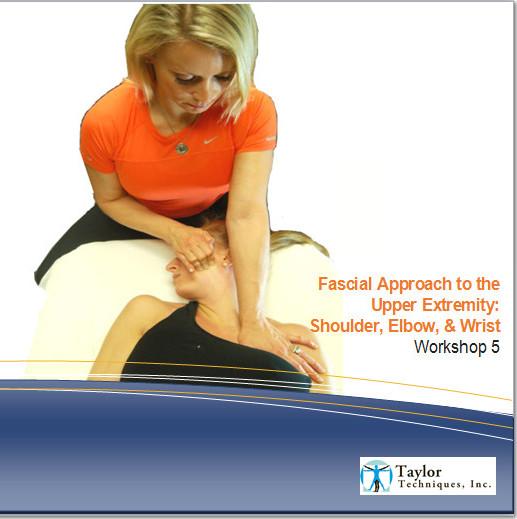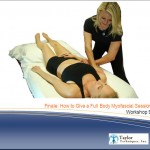Description
Pelvic Floor Dysfunction: Direct & Indirect advanced Myofascial techniques
Why do so many people seem to have pelvic floor dysfunction? Do they have to live with the pain, or is there something we RMTs can do to help? The floor of the mouth mirrors the pelvic floor/diaphragm, therefore pudendal treatment has a significant positive impact on disorders of the TMJ, Cervical & Cranial region, impacting head, neck and shoulder pain via the deep front fascial line and vice versa.
Direct MFR to the Sacrotuberous & sacrospinous ligaments and lateral rotators of the hip, especially the obturator internus and other muscles attached to the ischial bone, is very effective for decreasing pelvic floor dystonia. Direct work to iliacus and the inguinal ligament, as well as the musculature attaching to the superior aspect of the pubic bone, seems to relieve the trigger points associated with this disorder, by resetting the pelvic fascial biomechanics.
In addition, treatment of the levator ani (made up of puborectalis, pubococcygeous, iliococcygeous), as they all attach to the same tendinous fascial arch and share fascial sheaths with the obturator internus, has a dramatic impact on pain in this region. Indirect acetabulofemoral joint and hip musculature release using PNF stretching is also a great adjunct to the above treatment modalities for this much neglected region.
Finally, osseous and therefore, periosteal work to the sacrum, coccyx, and pubic bone, help to “bow” these muscles, taking strain off the muscle spindles and decreasing nociceptor firing and therefore pain response.





Reviews
There are no reviews yet.